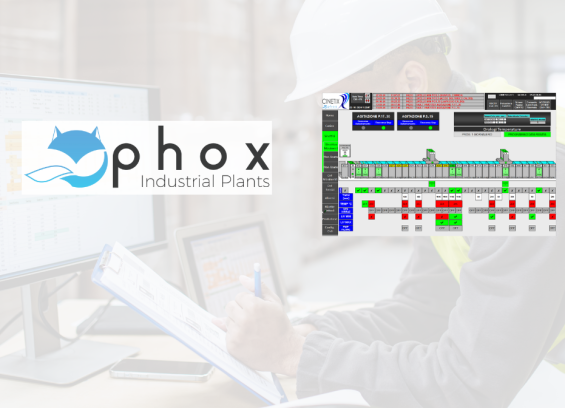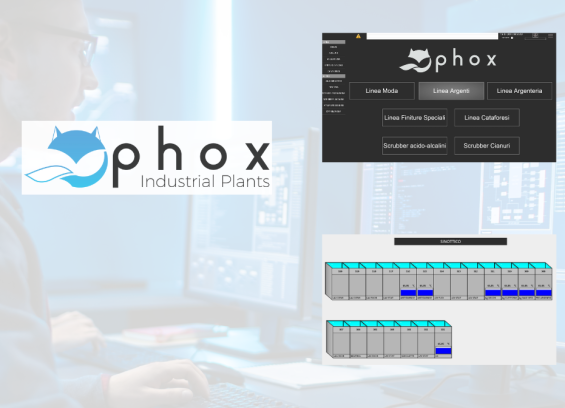Decreee 5.0

Decree applies to all Italian companies, regardless of their legal structure or size, as well as stable organizations of non-resident entities in Italy, who intend to invest in production facilities to improve energy efficiency.
WHAT INVESTMENTS DOES DECREE 5.0 OPERATE?
The investments must involve tangible and intangible assets falling under Annex A or Annex B to Law 232 of 11 December 2016, which establishes transition incentives 4.0. These investments must meet interconnection requirements, as well as achieve energy savings at either the production unit level or individual manufacturing process level. Notably, Annex B now includes two additional categories, bringing the total to around 25 categories, expanded over various budget laws.
These categories include:
- Monitoring, control and visualization systems for the energy performance of processes and production units, also through the use of field sensors.
- Business management software - the infamous ERP - but only if purchased together with energy monitoring software.
For the first time, investments over €40,000 can include expenses for assets dedicated to self-production of energy from renewable sources, excluding biomass, and staff training costs, up to 10% of the investment or a maximum of €300,000. Investments must also align with Article 17 of European Regulation 850/2020, ensuring they do not significantly harm the environment, consistent with interventions financed by the PNRR.
TAX CREDIT
The tax credit is structured into three tiers based on investment thresholds:
- up to 2.5 million euros.
- between 2.5 million and 10 million euros.
- between 10 million and 50 million euros.
No contribution is provided for amounts exceeding 50 million euros. The tax credit rates vary based on the level of demonstrated energy efficiency improvement, ranging from 35% to 45%.
REGULATORY PROCEDURE FOR ACCESSING THE GRANT
Under Transition Plan 5.0, accessing the tax credit involves:
- An ex-ante declaration and certification for investment projects. Therefore, both the instrumental asset and devices for self-production and staff training must be included. The certification should determine the suitability of the project to achieve the desired objectives in terms of energy efficiency."
- An ex-post report certifying achieved energy efficiency resulting from the investment.
These certifications are crucial for accessing the grant. An implementing decree, to be issued within 30 days by the Ministry, will specify certification modalities, requirements, and professionals' independence and integrity. Small and medium-sized enterprises can increase the tax credit by up to €10,000 for obtaining these certifications.
Once the ex-post certification is submitted, the company can receive the tax credit in a single installment. Any unused credit by 2025 can be spread over the subsequent five fiscal years.
POTENTIAL CHALLENGES?
Decree 5.0 hinges on the subsequent implementing decree, which has had past deadline issues. The decree will need to address:
- Technical methods for calculating energy efficiency.
- Expenditure compliance with PNRR-defined limits.
- Criteria for selecting professionals and entities issuing certifications.
Decree 5.0 allows reporting energy efficiencies for newly established companies based on hypothetical scenarios. However, investments in new lines for existing entities appear to be excluded.
WHY TRUST US AT PHOX?
Phox offers technological partnership for companies planning investments under Decree 5.0. It is part of the Cinetix Group, an Italian excellence with proven experience in various sectors: telecommunications, contact centers, applications for data traffic monitoring, but especially in monitoring energy consumption, as well as in the design, implementation, and testing of highly automated industrial plants. Phox ensures compliance with Regulations 4.0 or 5.0. Trust Phox for tailored solutions to meet your company's needs in this complex market.


